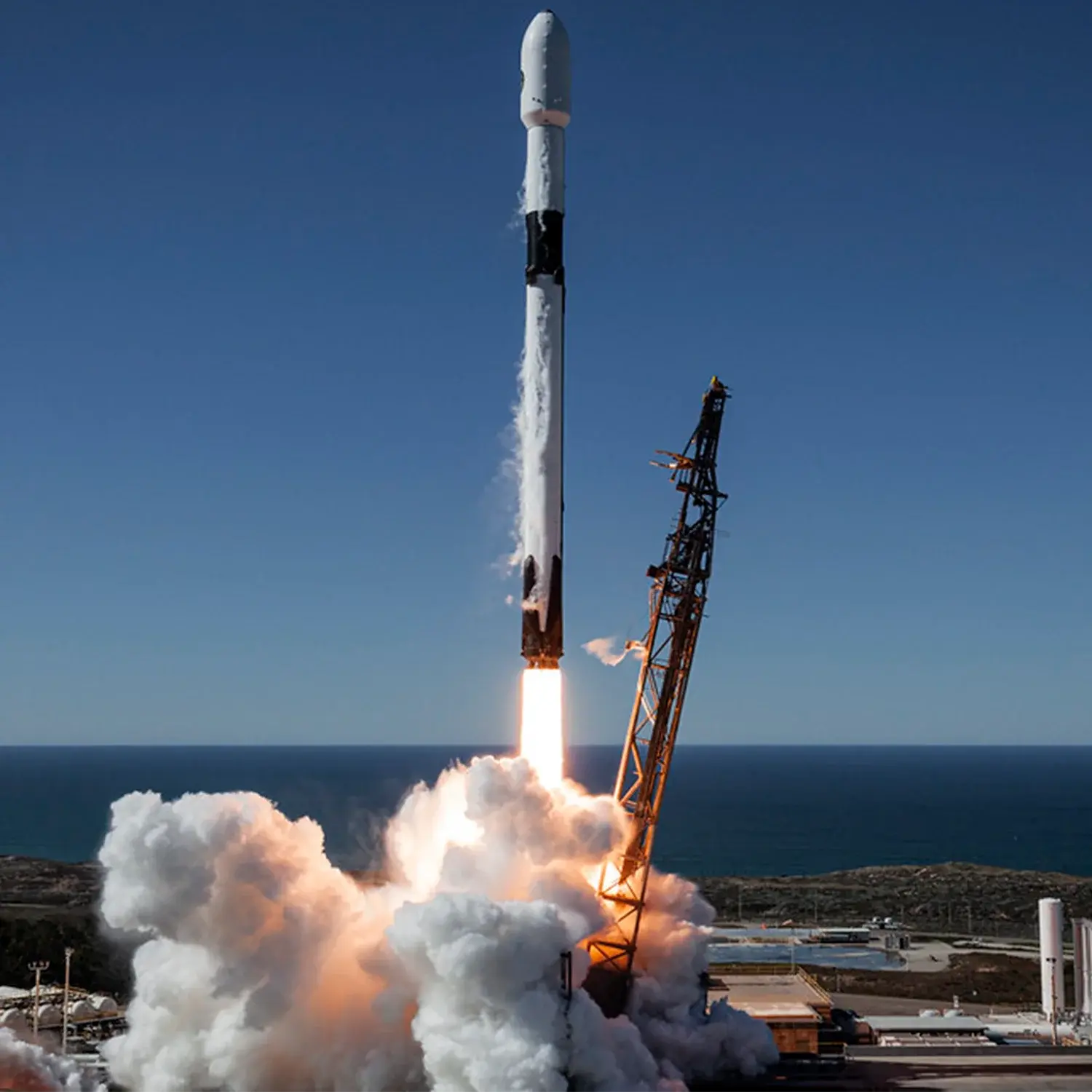Introduction to Starlink
Starlink, the ambitious satellite internet constellation project initiated by SpaceX, aims to provide high-speed internet access to underserved and remote areas around the globe. As the reliance on the internet continues to surge, especially in light of the COVID-19 pandemic, Starlink’s technology has garnered significant attention and interest from both consumers and industry experts.
Current Developments in Starlink
Since its inception in 2018, Starlink has launched over 3,500 satellites into low Earth orbit, with plans for thousands more as it seeks to attain global coverage. As of September 2023, the service has expanded its reach to more than 40 countries, marking a significant milestone in its endeavour to ensure reliable internet access for all.
Recently, Starlink has made headlines as it introduced enhanced performance features and greater bandwidth capacity. Customers have reported download speeds ranging from 50 Mbps to 200 Mbps, which is particularly impressive given the challenges posed by satellite communication. With advancements in satellite technology and user terminals, the service is expected to contribute to a more robust internet infrastructure across various regions.
Key Benefits of Starlink
One of the pivotal advantages of Starlink is its ability to connect individuals in remote or rural locations where traditional internet services are non-existent or prohibitively expensive. This has been especially crucial for rural schools, hospitals, and businesses that rely on stable internet for their operations and communications.
Moreover, the introduction of mobile Starlink terminals has benefitted sectors like shipping and aviation, allowing for internet access in transit, which was previously unfeasible. Governmental bodies are also considering the integration of Starlink technology for emergency communications and disaster relief efforts, demonstrating the project’s significant potential.
Challenges and Future Outlook
Despite its achievements, Starlink faces challenges. Concerns regarding space debris and the impact of thousands of satellites on night skies have been raised by astronomers and environmentalists. SpaceX is actively addressing these issues by proposing operational strategies to reduce the visibility of satellites and managing their orbits. Furthermore, securing regulatory approvals in each country is an ongoing hurdle that may affect expansion.
In conclusion, Starlink’s progress signifies a potential transformation in how internet access is conceptualised and delivered worldwide. With continued innovations and thoughtful resolutions to its challenges, Starlink aims to offer a ubiquitous and equitable internet experience, making it a crucial player in the future digital landscape.


